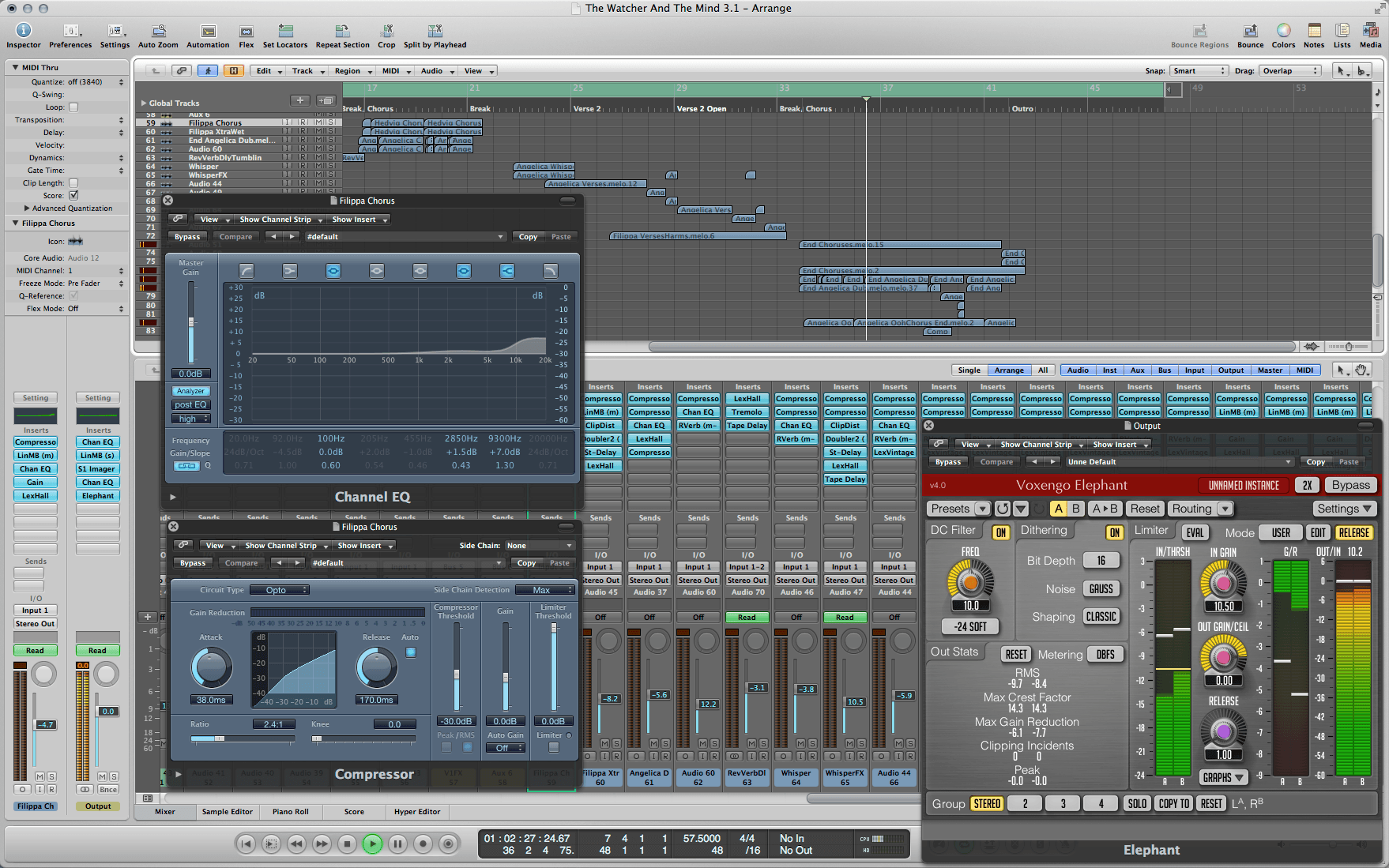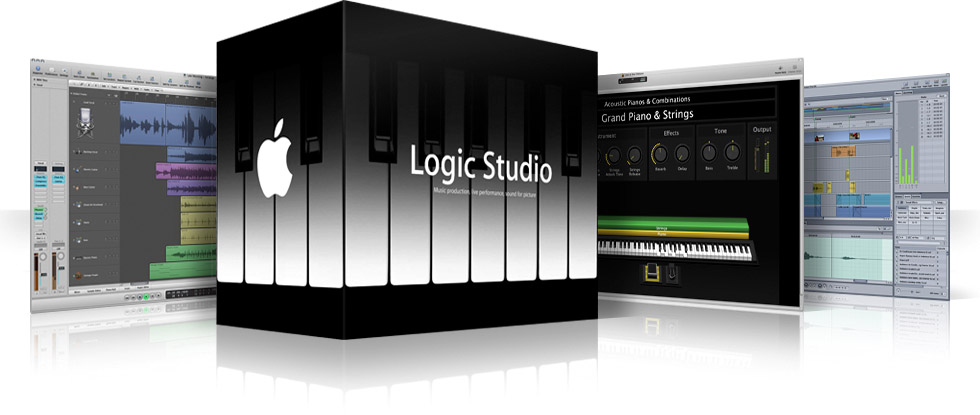

The D control sets how long it takes for the sound to go from its maximum to resting level. The A control sets how long it takes for a sound to reach its maximum amplitude. You may change or lower to octave range of the filter to lessen the overall effect. Reduce the Resonance control until it is positively contributing to the synthesized sound and not causing unwanted distraction. The “laserbeam” like quality to the sound is caused by self-oscillation created by having the Resonance set very high.Now lower the frequency control until it is cutting off the signal at a position that is pleasing.You may have to hold down the key to hear the complete sound. Raise both the Frequency and Resonance controls fully clockwise and play a sound. Next we will move to the Filter section.While making sound, find a position that you like. Next, raise the noise slider to add sharper attack characteristics to the sound.Use the Musical Typing Keyboard to produce a sound. Raise the triangle wave slider about halfway up.Begin by setting all of the oscillator values to zero, at their lowest position.Use the Recall Default setting in the preset menu to reset the plugin the its default parameters.We will use the plugin parameters to create a basic synthesized sound. The remaining controls offer additional ways to change the sound produced, including distortion and chorus effects, a low frequency oscillator, and additional envelope parameters that will not be used I this tutorial.By using ADSR to shape the volume envelope of the sound, you can create familiar or completely new sounds. The Envelope section allows you to control the attack (A), decay (D), sustain (S), and release (R) characteristics of the sound produced.Changing the amount of resonance will drastically change the synthesized sound. The resonance control allows you to choose how much the signal is boosted at the cutoff frequency. 1/3 will cut off the least amount of signal, while 3/3 will cut off the most. The 1/3, 2/3, and 3/3 control the octave range that is covered by the lowpass filter. It reduces the range of frequencies produced about the cutoff point (labelled as frequency). The Filter section introduces a low-pass filter into the signal.To the left of the faders are three button labelled 4, 8, and 16, which determine which octave the sound produced resides in. The final fader controls the amount of white noise that introduced into the sound. The next two faders are sub-octave generators, the first controlling the amount generated one octave below the sound from the first three faders, and the second dropping two octaves. From left to right, you have the triangle, sawtooth, and rectangle waves. The Oscillator section allows you to control the type of oscillators that make up the sound produced by the plugin.We will be looking at three main sections of the plugin: the synthesis engine on the left side, the resonance/filter section in the middle, and the ADSR section on the right.

We will now investigate the plugin controls. You will notice how the parameters of the ES P interface change as you move between presets.Take a few minutes and switch through the ten provided sound presets and make some sound with each using the Musical Typing Keyboard.Press Cmd+K (Logic Pro X) or Caps Lock (Logic Pro 9) to make the keyboard appear.


 0 kommentar(er)
0 kommentar(er)
